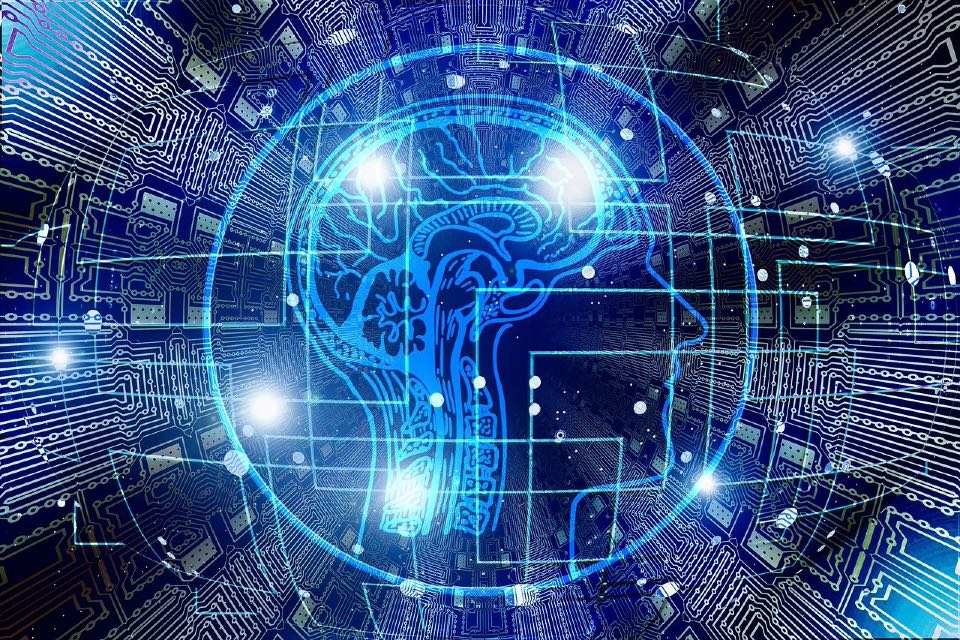A fifth of inbound customer service contact volume will come from machine customers by 2026, as advances in Conversational AI, Automation, and Low Code Resources impact ways customers and reps interact.
By 2024, Gartner anticipates 100 million requests for customer service will be raised by smart products.
Initially, machine customers will be best served in enterprise chatbot channels due to that channel’s ability to serve these requests at scale. Smart organizations will start to invest in conversational AI platforms (CAIP) to enable bot-to-bot communication.
“Organizations without a machine customer strategy in place won’t have a good way of distinguishing between human and machine customers,” continued Challa. “They may see their non-chatbot channel performance get worse without understanding why.”
Customer service reps are increasingly automating portions of their job to make their work easier, often but not always using company-provided tools to do so: Gartner anticipates 30% of reps will do so by 2026.
Examples of self-automation activities include using quick auto-response technology in emails to customers or using an unauthorized third-party call recorder to transcribe customer calls.
“While self-automation has been happening for a while in the software space, this trend will become more present internally in customer service because reps now have improved access to automation tools,” said Emily Potosky, Director, Research, in the Gartner Customer Service & Support practice. “Emerging resources such as AI models (e.g., Github Co-pilot, OpenAI’s ChatGPT and Codex) will continue to make coding more accessible to reps, regardless of their skill level.”
With this in mind, Gartner expects there will be a greater variety of products in the marketplace centered around employee automation, specifically, low- or no-code solutions targeted at reps to help them self-automate. Vendors that offer collaboration platforms may also increase investment in coding features to allow for groups of reps to work together to self-automate.
“Customer service and support organizations that not only allow but authorize self-automation will become more competitive than those that don’t, as reps will notice and correct inefficiencies that leaders are unaware of,” said Potosky. “These organizations may also become more attractive employers, because potential job candidates are likely to appreciate the organization’s flexibility and openness to innovation.”
The rise of machine customers and self-automation opportunities represent a shift in how employees and customers use technology to interact with customer service. The growing accessibility of technology means that customers and employees are using it in unexpected, and often unauthorized, ways.
To prepare for this, customer service and support leaders should:
- Create a framework for due diligence to review and approve self-automation opportunities.
- Invest in a scalable chatbot platform to make it easier to enable machine customers to interact with enterprise bots.
- Harness employees’ willingness to augment their own work processes, enabling them to create more engaging and effective ways of working.
- Measure channel performance – bot-to-bot as well as non-chatbot channels – to understand the impact machine customers have on your overall channel portfolio.







